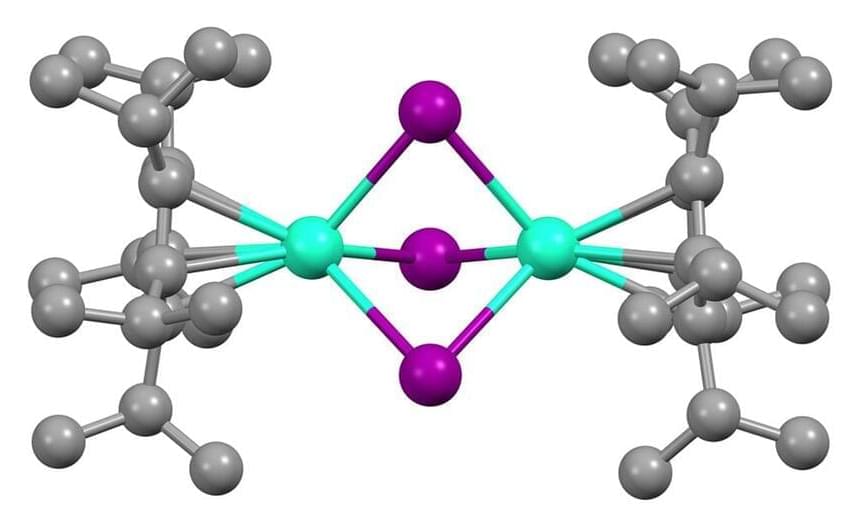Here’s how often it goes off.
Just like you, our planet has a ticker that keeps time: Earth’s geological “heartbeat” goes off on a regular schedule, albeit with millions of years in between, says a new study in Geoscience Frontiers.
When scientists from New York University and the Carnegie Institution of Science in Washington D.C. analyzed 260 million years of geological feedback, they found “global geologic events are generally correlated,” and seemingly come in pulses every 27.5 million years.
Those events include everything from “times of marine and non-marine extinctions, major ocean-anoxic events, continental flood-basalt eruptions, sea-level fluctuations, global pulses of intraplate magmatism, and times of changes in seafloor-spreading rates and plate reorganizations,” the authors write. They considered a total of 89 such major events from the last 260 million years, from which the 27.5 million-year cycle emerged.







